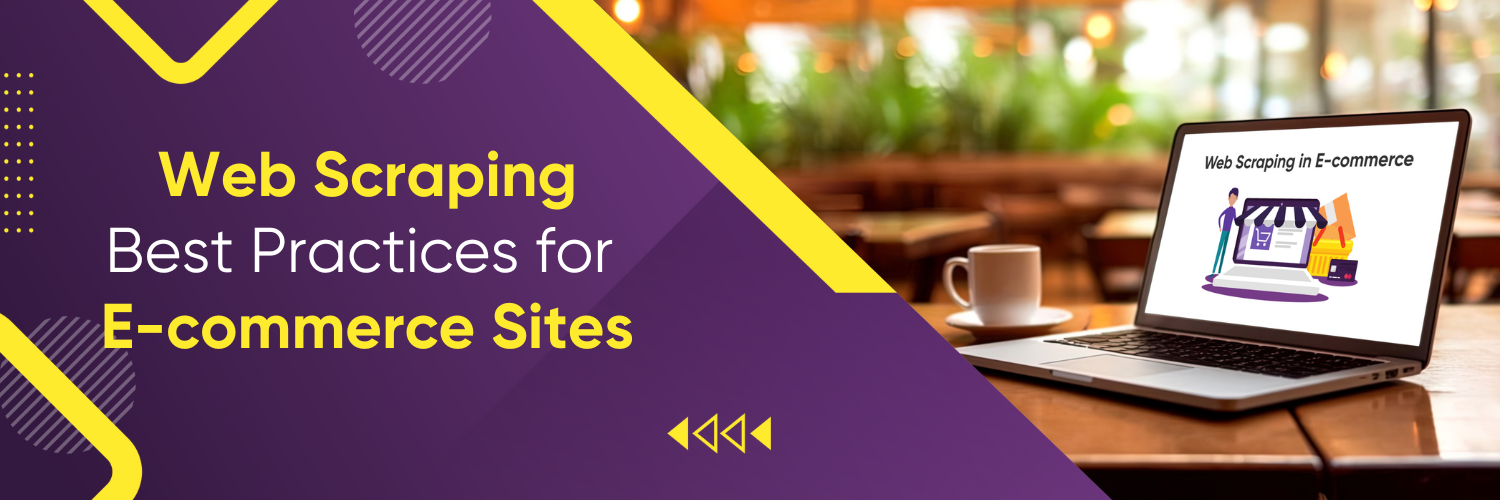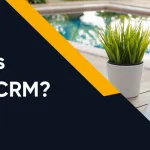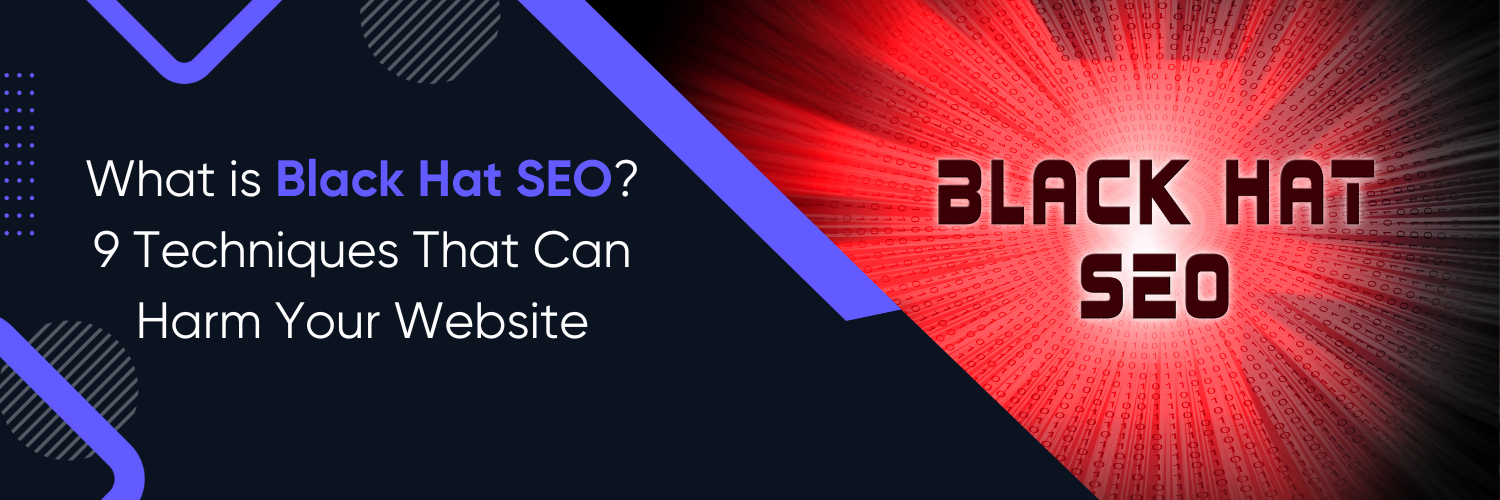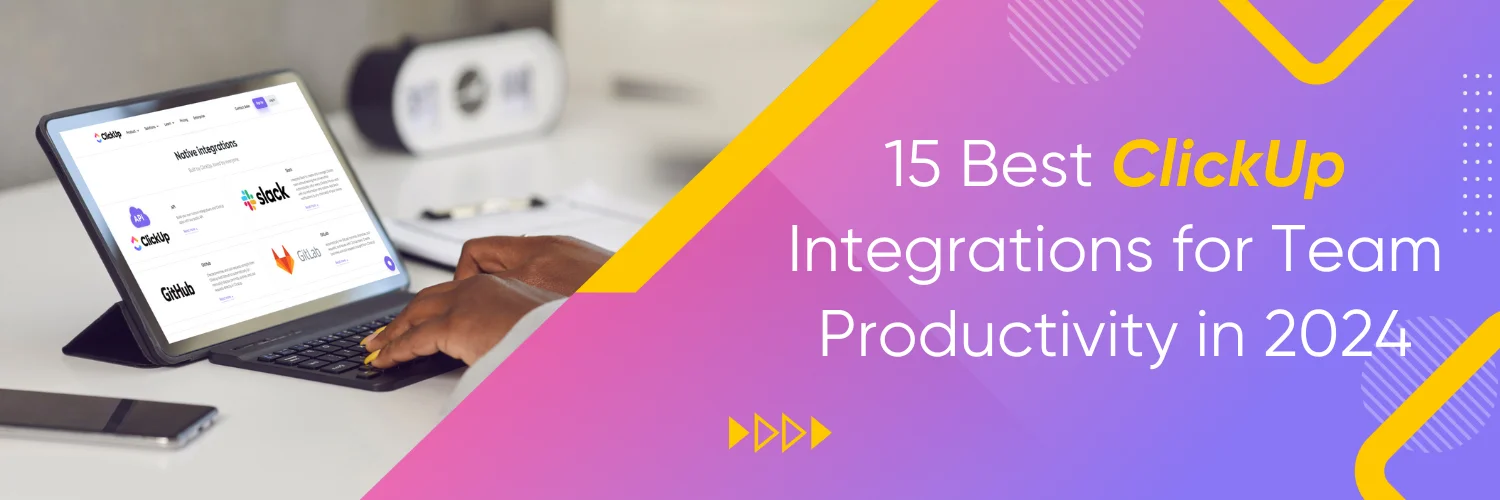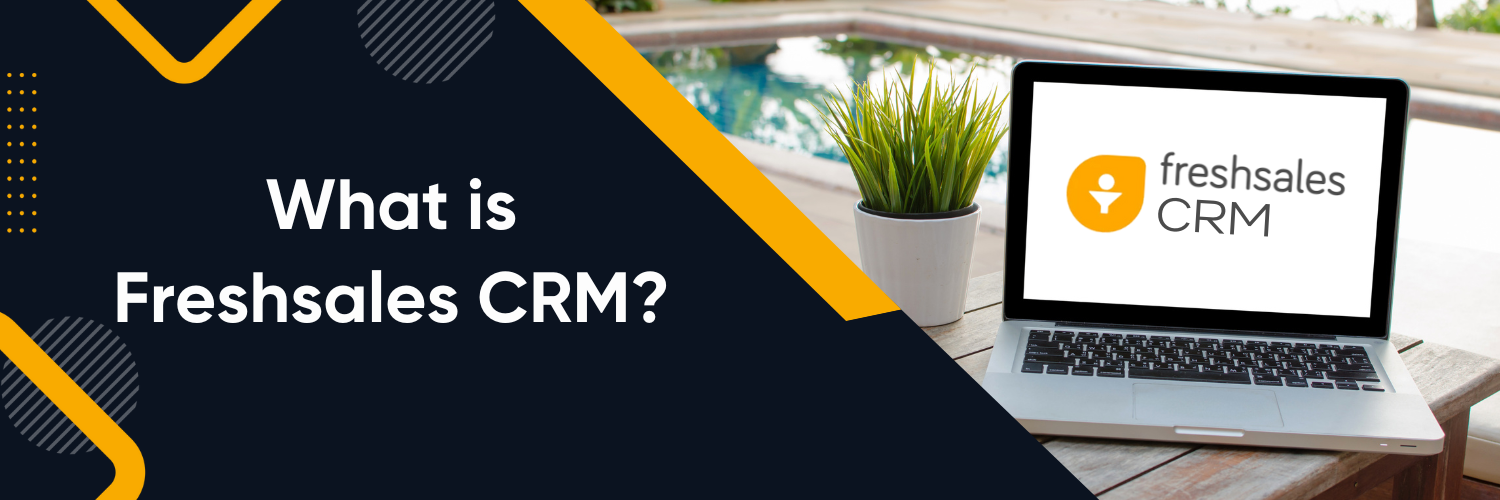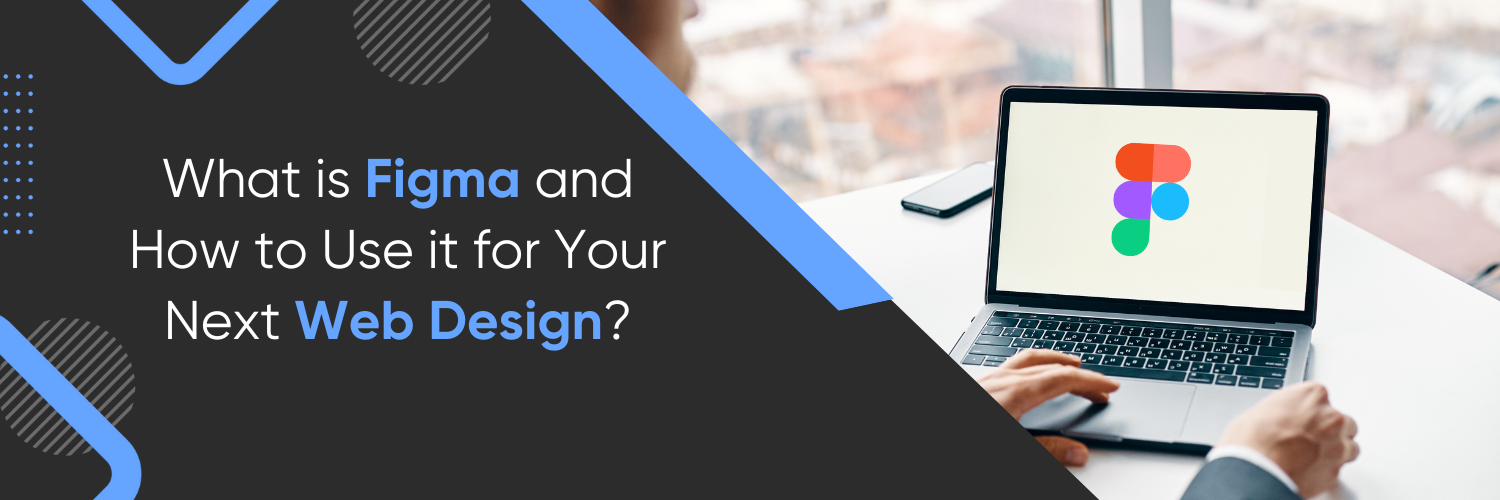What is Web Scraping?
Web scraping refers to the process of extracting data from websites. At its core, it involves automating a web browser or mimicking browser behaviour to retrieve website content. In the vast ocean of the e-commerce sector, scraping aids businesses in acquiring product details, customer reviews, pricing information, and more, without waiting for official APIs or manually copying data. In 2023, it is expected that the growth of business-to-consumer e-commerce sales will reach 8.9%, resulting in a total volume of almost $6 trillion.
What is E-commerce Data?
E-commerce data is any type of data collected from e-commerce platforms and online retail marketplaces which can include:
- Customer data: demographics, search queries, interests, and purchasing habits.
- Product data: price ranges, stock availability, vendors, and ratings.
- Transaction data: payment methods, shipping costs, and applied taxes.
Automating Data Extraction
Automating data extraction from e-commerce websites can be a difficult task due to:
- Interface changes: Most e-commerce websites change their formats and fonts to enhance customer experience and attract a diverse audience. Changes in a website’s interface require reprogramming the scraping bot to match the new content display.
- Anti-scraping techniques: Many e-commerce platforms implement anti-scraping techniques, such as CAPTCHAs, to ensure that their visitors are humans and decrease network congestion. CAPTCHAs are difficult to bypass by web scrapers, however, some web scrapers integrate CAPTCHA solvers to tackle this issue.
- Cloaking: Cloaking is the practice of presenting different data if a website believes that the visitor is a bot. Many e-commerce websites utilize cloaking to feed bots with incorrect product data or redirect them to irrelevant URLs. However, cloaking is considered illegal and a violation of Google’s Webmaster Guidelines, therefore, websites that use cloaking often get banned from Google Search.
Why E-commerce Sites are Common Targets
The meteoric rise of e-commerce has transformed it into a treasure trove of data. Every product listing, customer review, and price tag offers insights into market trends, consumer preferences, and competitive landscapes. Web scraping allows businesses to tap into this data-rich environment, enabling them to analyze competitor strategies, monitor price fluctuations, and even predict future market trends. This vast reservoir of data, when utilized correctly, can be a game-changer for businesses.
Best Practices for Web Scraping E-commerce Sites
Respect robots.txt and Terms of Service
One of the foundational steps before initiating web scraping is to review a website’s robots.txt file. This file outlines which parts of the site can be accessed and scraped by bots. Ignoring these rules not only risks your scraper getting banned but may also invite legal consequences. Alongside, always review and abide by a site’s Terms of Service, as many explicitly prohibit web scraping.
Rate Limiting & Responsible Requests
Bombarding a website with rapid, successive requests can strain its servers, potentially causing disruptions. To prevent this, it’s crucial to pace your scraping requests. Limiting the rate at which you send these requests ensures that you don’t overload the servers or get your IP address banned.
Use the Right Tools and Libraries
The world of web scraping offers a variety of tools tailored to different needs. Popular tools like Beautiful Soup are excellent for simple scraping tasks, while Scrapy provides a more comprehensive framework suitable for extensive projects. Each tool has its strengths and weaknesses, so selecting the right one is pivotal for efficient scraping.
Simulate Human Browsing Behavior
To avoid detection and potential blocking, your scraping bots should mimic human browsing patterns. Techniques like rotating user agents, introducing random delays between requests, and appropriately handling cookies can make your scraper seem less robotic and more like a human user.
Handle Dynamic Content with Care
Many e-commerce sites leverage AJAX or rely on JavaScript to load content dynamically. Traditional scraping tools might struggle with such content. However, tools like Selenium or Puppeteer, which control web browsers and can interact with dynamic content, come to the rescue in these situations.
Ensure Data Accuracy and Consistency
Web scraping, if done hastily, can result in inaccurate or inconsistent data. Always cross-check your scraped data against other sources and employ methods to verify its authenticity and completeness.
Ethical Considerations
While scraping public data like product listings might seem harmless, diving into personal user data raises privacy concerns. Additionally, always be wary of copyright laws, ensuring you don’t infringe on any intellectual property rights.
Challenges in Web Scraping for E-commerce
Handling Captchas and Bot Detection Systems
Many e-commerce sites employ anti-scraping mechanisms like captchas to deter bots. Understanding these defences is the first step, followed by deploying tools or services that help bypass or solve these challenges.
Navigating Website Structure Changes
Websites evolve, and their structures can change. A scraper designed for one version of a site might break when the site undergoes a redesign. Regular monitoring and timely updates to scraping scripts are essential to adapt to such changes.
Conclusion
Web scraping is undeniably a powerful tool in the e-commerce arsenal, offering unparalleled insights and data-driven strategies. However, with great power comes great responsibility. Embracing best practices ensures not only the effectiveness of data extraction but also the ethical and respectful treatment of online resources.
To truly unlock the full potential of web scraping and drive your business to new heights, consider partnering with Ubique Digital Solutions. With their expertise and tailored solutions, you can navigate the complexities of web scraping while maximizing its benefits. Contact us today.
FAQs
Q: Isn’t web scraping illegal?
The legality of web scraping varies by country and specific use cases. While scraping public data might be permissible, violating terms of service or accessing private data can have legal implications.
Q: How can e-commerce sites prevent unwanted scraping?
E-commerce platforms can deploy a range of anti-scraping tools, from captchas to sophisticated bot detection systems, to protect their data.
Q: How often should I update my scraping scripts for an e-commerce site?
Scraping scripts should be reviewed and updated regularly, especially if the target website undergoes frequent changes or updates.
Q: What are the best tools for scraping e-commerce product data?
Tools like Beautiful Soup, Scrapy, Selenium, and Puppeteer are among the top choices for scraping e-commerce data, each tailored for specific challenges and needs.
